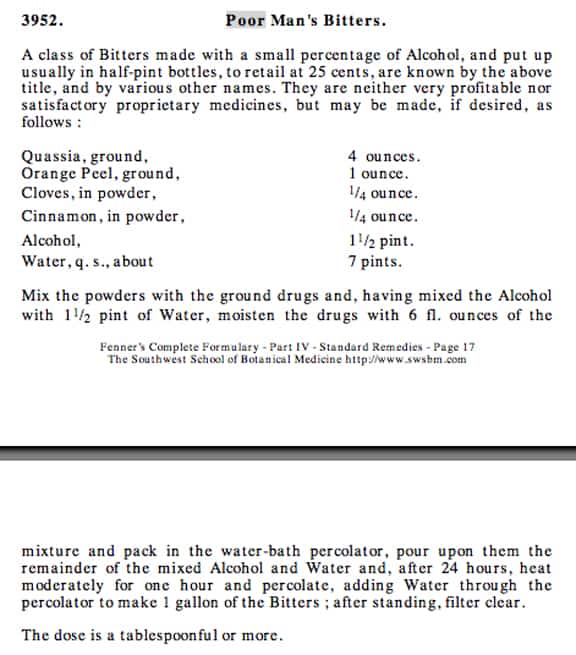QuantShares, a Boston-based ETF firm, is best known for its lineup of market neutral products targeting various segments of the equity world. The firm currently has funds that employ a market neutral approach with respect to beta, momentum, quality, and size, just to name a few.
While all of the products are still relatively new, they still haven?t exactly seen the most inflows, despite the interesting methodologies that many of the company?s products have. In fact, QuantShares? most popular ETF, BTAL, still has less than $30 million in AUM even though it is one of the only ways for investors to tap into ?spread? returns with a beta focus (read Uncertain about the Economy? Try Market Neutral ETFs).
Nevertheless, it appears as though QuantShares is undeterred by this lackluster asset accumulation, as the firm revealed plans for six more ETFs earlier this month. While some key details were not available at this time?such as expense ratios or ticker symbols?we have highlighted a few of the most important aspects from this unique ETF issuer?s filing below:
U.S. High Dividend Absolute Return Fund ? This proposed ETF looks to invest in a high dividend index with a long/short methodology in which longs outweigh the shorts. Still, with the benefit of the shorts, the managers expect to generate a positive return regardless of general market conditions (see Three Defensive ETFs for a Bear Market).
Investors should also note that the ETF will focus on securities that consistently pay the highest levels of current income in each of the ten market sectors. The product will then equally weight and go long in the highest dividend payers while it will go short in securities that inconsistently pay dividends or those that do not offer out payouts, also with an equal weight technique.
U.S. Low Beta Absolute Return Fund -- This still in registration ETF also looks to generate a positive return regardless of market conditions via its long/short methodology. However, instead of focusing on dividends, this ETF will focus in on beta for its exposure, giving this ETF a much different tilt.
In order to do this, the ETF will find the securities with the lowest beta within each sector and go long in these stocks. Meanwhile, the ETF will also find the highest beta stocks and go short in them, giving the product a similar focus as BTAL but with an absolute return mandate instead.
U.S. Relative Value Fund ? Another proposed ETF from QuantShares looks to focus on relative value for its methodology, seeking only to go long in the top stocks from a broad valuation standpoint. Unlike others on the list, this product does not have an absolute return method and will not engage in short-sales of stock (also read Try Value Investing with these Large Cap ETFs).
?A look at relative value is done by taking into account the following ratios: expected earnings over the next 12 months compared to price, trailing one year cash flow compared to price, and most recent book value against price. With this system, the fund will focus on less expensive stocks with below average valuations, while expensive stocks with above average valuations with receive lower ratings, hopefully giving the product a value tilt.
U.S. Low Beta Fund ? For another look at stocks by beta, QuantShares hopes to one day release this ETF which focuses on less sensitive securities. However, it should be noted that unlike the beta ETFs already discussed, this fund will not use shorting securities as part of its methodology (read Three Low Beta ETFs for the Uncertain Market).
Instead, this ETF will take a few of the lowest beta stocks in each of the 10 sectors that comprise the broad market. With this approach, assets will be spread out across a variety of market segments which should help to prevent a concentration in traditional low beta segments like staples or utilities.
U.S. High Quality Fund ? This proposed ETF from QuantShares seeks to hone in on high quality stocks, forgoing exposure to equities that the firm believes are ?low quality?. This product will not utilize shorts either, making it different from the company?s QLT which goes short in low quality stocks and long in high quality ones.
The ETF looks to find these high quality stocks by looking at a variety of key ratios such as return on equity and debt-to-equity, comparing components within each of the ten major sectors. Stocks that have better metrics in these regards will receive high rankings while those that have poor levels for these points will receive lower rankings, ensuring that only the top ranked stocks are included in the fund (see Four Low Volatility ETFs to Hedge Your Portfolio).
U.S. High Momentum Fund ? For investors who believe that the trend is their friend, the proposed high momentum fund should be of some interest. This product will also zero in on top rated stocks from each of the ten sectors, ensuring some level of sector diversification within the fund.
In order to find the high momentum stocks, the ETF looks at stocks that have the highest total returns over the first twelve of the last thirteen months, investing in the ones from each sector which score the most favorably in this regard.?
This is somewhat similar to MOM, although the proposed product will not utilize shorting (which MOM does for low momentum equities), and it will instead only focus on stocks that are showing the most impressive appreciation characteristics for the time frame in question.?
Want the latest recommendations from Zacks Investment Research? Today, you can download 7 Best Stocks for the Next 30 Days. Click to get this free report >>
Follow @Eric Dutram on Twitter
Source: http://www.zacks.com/stock/news/85347/quantshares-files-for-half-a-dozen-etfs
w.e. episodes idris elba kelsey grammer martin henderson mlk day golden globes 2012 winners


 ARE YOU LISTENING?
ARE YOU LISTENING?















